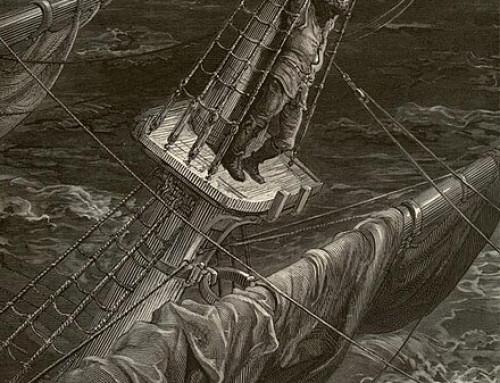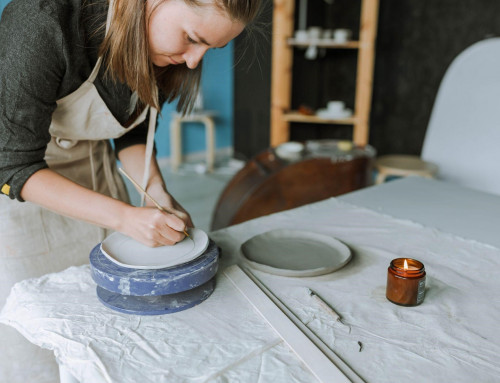I have been thinking a lot about the value of art lately. I intuitively know that it is not just any ordinary commodity, governed directly by costs, supply and demand. While those things are important, they are not the whole story. I have been having these discussions with friends in business for years…and just simply have not had the language or economic understanding to hold up my end of the discussion or get across what I mean.
How To Know The Value Of Art
Understanding and appreciating the value of art is something that comes with ongoing exposure and education. For my Continuing Education as an artist, I enrolled in an intense Christie’s Auction House Course: Art Market Economics. Finishing Christie’s six week course in Great Britain was enlightening. Though I learned a lot, and am retaining some of the learning I cannot say it was exactly my strong suit. See, I did not study economics in college… not even a drop or a drip of it!
That being said, I did discover a means of valuing art. With ordinary commodities, say ‘Puffs‘ Brand Facial Tissue… there are are close substitutes. Because of these alternatives, there’s no need to worry should the supply of Puffs be low. Another similar instance is seen with cars. If you can’t buy the Toyota you want, a Ford will still get you where you are going. And, of course, within structural limits, the factories can increase production. That is simply not the case with art.
Things To Consider When Assessing The Value Of Art
Art is rare, scarce and not repeatable. Even with limited-edition prints, the supply is in fact, limited. There are few if any substitutes for the “artwork that got away.”
This sort of leads to my contention that “art is magical.” From simple media such as thread, felt, paint, words, and sounds comes the beauty when they come together. In this way, much greater things are made. Perhaps they are not commodities in the normal sense. Perhaps they are not practical. But they are worth owning. Go take a look!






